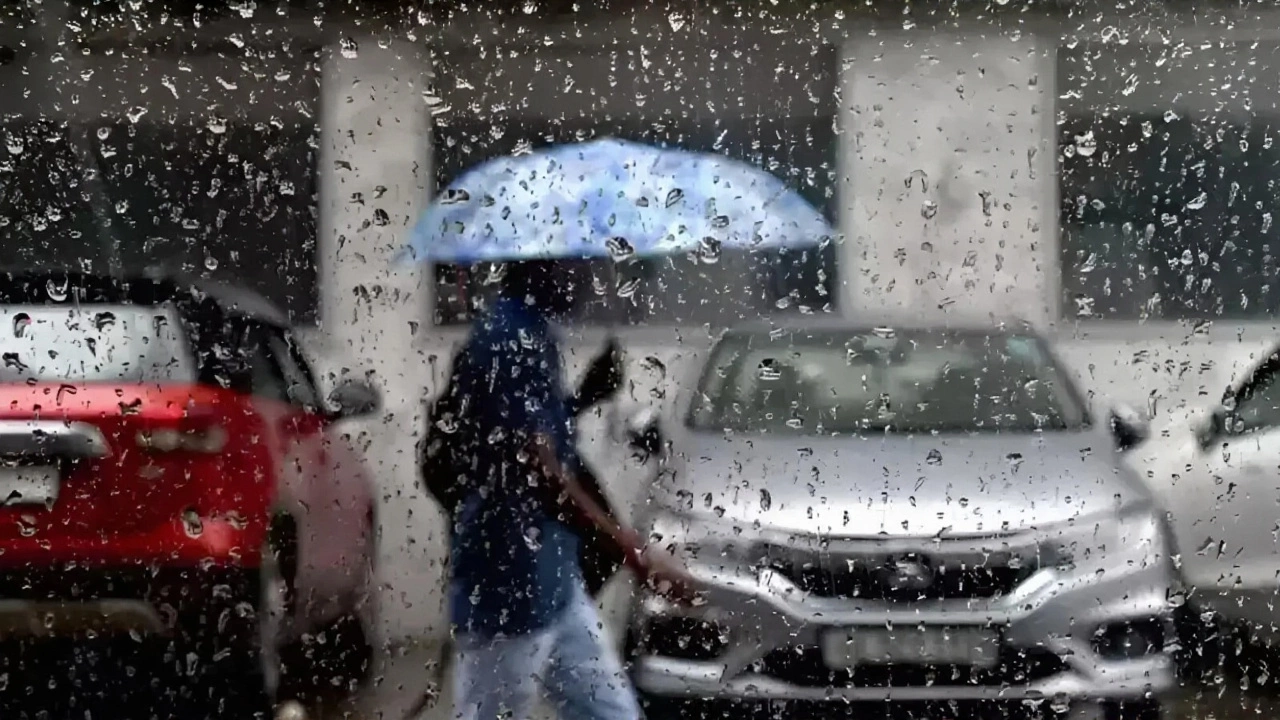Weather Forecast: Your Guide to Accurate Predictions
When working with weather forecast, the science of predicting atmospheric conditions for the next hours to days. Also known as weather prediction, it helps individuals and businesses plan activities, travel, and emergency response. A solid forecast combines real‑time observations, historical patterns, and complex calculations. In plain language, it tells you whether to grab an umbrella, load the grill, or secure cargo before a storm.
Behind every forecast lies Meteorology, the study of the atmosphere, its processes, and the forces that drive weather. Meteorologists translate satellite images, radar sweeps, and surface readings into understandable outlooks. Their expertise turns raw data into actionable advice, whether you’re a farmer checking rainfall or a commuter avoiding traffic jams caused by rain.
Modern forecasts also depend heavily on climate models, computer simulations that recreate atmospheric physics to predict future conditions. These models run millions of calculations per second, balancing temperature, humidity, wind, and pressure. Accurate forecasts require reliable climate models, which continuously improve with better algorithms and more observation points.
One of the most critical outputs of a forecast is the severe weather alert, a warning issued when hazardous conditions like thunderstorms, tornadoes, or heavy snow are expected. Alerts give communities the time they need to seek shelter, protect property, or adjust travel plans. When a severe alert is issued, it reflects a direct link: meteorology informs the alert, and the model’s confidence level triggers the warning.
Weather forecast encompasses temperature predictions, precipitation chances, and wind speed estimates. Temperature prediction, for example, helps energy companies plan supply and homeowners decide on heating or cooling. Precipitation chances guide agricultural irrigation schedules and outdoor event planning. Wind speed forecasts are vital for aviation, shipping, and renewable energy operations.
In practice, a good forecast balances short‑term detail with longer‑range trends. Short‑term outlooks (0‑48 hours) rely heavily on real‑time radar and satellite data, while medium‑range forecasts (3‑7 days) lean more on climate models. Understanding this split helps you interpret a forecast’s confidence level and act accordingly.
Whether you’re checking the daily outlook on your phone or following a detailed briefing from a national weather service, the core idea stays the same: a weather forecast is a tool that translates complex atmospheric data into simple, actionable information. Below you’ll find a curated collection of articles that dive deeper into specific events, tools, and insights, giving you a richer picture of how forecasts impact everything from earthquakes to sports and even the movies you watch.

Heavy Rainfall Hits Four Indian States on Sep 26, While Delhi Stays Dry
IMD forecasts heavy rain for West Bengal, Kerala, Gujarat and Maharashtra on Sep 26, while Delhi stays dry with soaring temperatures and heat‑related warnings.
View more